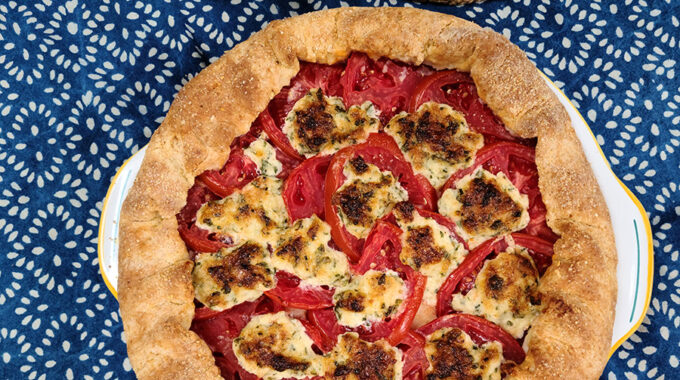
Garden to Galette: Savoring Heirloom Tomatoes with a Hugelkultur Harvest
The afternoon sun drapes itself languidly over the garden, illuminating a vibrant tapestry of ripening tomatoes and verdant basil. Cherokee Purple, their dusky skins hinting at a deep, earthy sweetness, nestle beside the sunshine-yellow Dr. Carolyn tomatoes, their juice bursting with tangy brightness. Nearby, the striking green stripes of the Green Zebra promise a flavor unlike any hybrid found in the supermarket. It's time to gather this sun-ripened bounty and create something truly special. This Heirloom Tomato and Basil Galette with Goat Cheese isn't just a meal; it's a tangible expression of the garden, a flavorful salute to the magic of homegrown goodness, and a celebration of the slow, deliberate rhythms of homestead life.
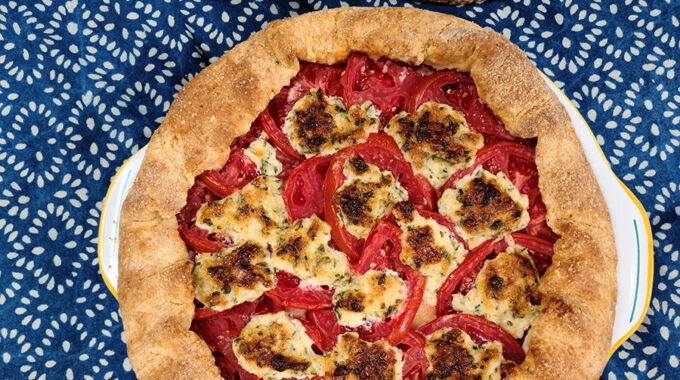
Heirloom Tomatoes: A Rainbow of Flavors
Heirloom tomatoes are more than just vegetables; they're living legacies, passed down through generations for their exceptional flavor and unique characteristics. Unlike modern hybrids, heirlooms are open-pollinated, meaning their seeds produce plants that are true to type, preserving their distinctive traits. These varieties offer a diversity of flavors, textures, and colors that are simply unmatched.
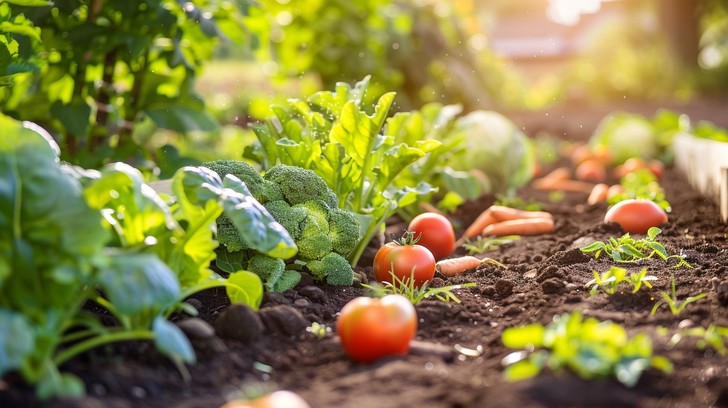
Here are a few exceptional heirloom tomato varieties to consider growing in your own garden:
- Brandywine: Known for its large size, meaty texture, and rich, sweet flavor. Perfect for slicing and enjoying fresh.
- Cherokee Purple: A dusky, deep-purple tomato with a complex, smoky-sweet flavor. Ideal for sandwiches and sauces.
- Green Zebra: A striking green-striped tomato with a tangy, slightly acidic flavor. Adds a unique twist to salads and salsas.
- Mortgage Lifter: A massive, meaty tomato that can weigh up to 4 pounds! This one is great for feeding large families or making incredible sauces
- San Marzano: A classic Italian plum tomato with a rich, concentrated flavor. Essential for making authentic tomato sauce.
To ensure a bountiful harvest of heirloom tomatoes, focus on building healthy soil, providing consistent watering, and protecting your plants from pests and diseases. Companion planting can be a powerful tool in your organic gardening arsenal. Basil repels tomato hornworms, while marigolds deter nematodes. Consider planting these beneficial companions alongside your heirloom tomatoes to create a thriving and resilient garden ecosystem.
Building a Hugelkultur Raised Garden Bed: A Sustainable Foundation
A hugelkultur (German for "hill culture") raised bed is a sustainable and efficient way to create a thriving garden. By burying logs and branches, you create a long-term source of nutrients and moisture for your plants, while also reducing waste. This method mimics natural decomposition processes, creating a self-sustaining ecosystem that nourishes your plants with minimal effort.
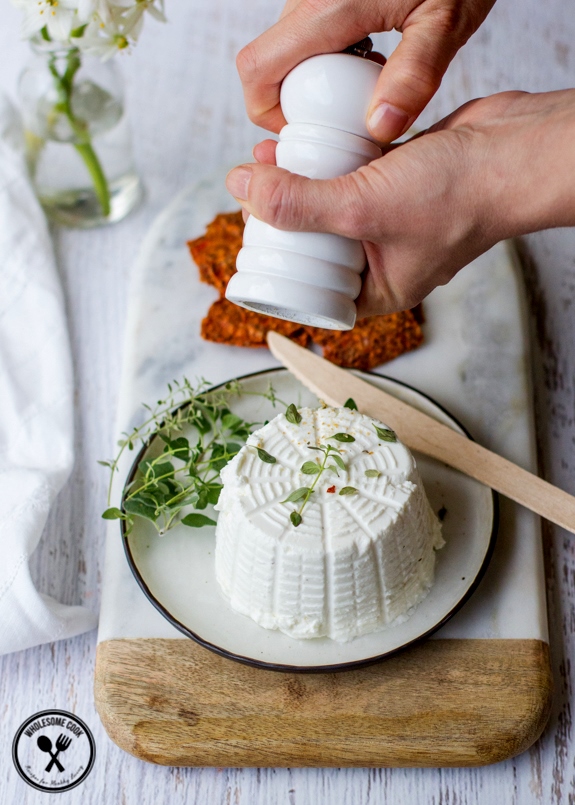
Here’s how to build your own hugelkultur raised garden bed:
Materials List: You’ll need: logs and branches of varying sizes (oak, maple, and birch are excellent choices), smaller brush and twigs, fallen leaves, grass clippings, aged compost, high-quality topsoil, a shovel, a sturdy rake, and a wheelbarrow for easy transport.
Instructions:
- Site Selection and Preparation: Choose a sunny location with good drainage. Clear the area of any existing vegetation. The bed should be at least 4 ft wide and as long as you like.
- Dig the Base Trench: Dig a trench approximately 1-2 feet deep. This trench will help retain moisture and provide a foundation for the hugelkultur bed.
- Layer the Logs and Branches: Fill the trench with the largest logs and branches. Position them tightly together to create a solid base. Consider wood types that decompose slowly, but avoid using walnut, as it is toxic to plants.
- Add Organic Matter: Add layers of smaller brush, twigs, fallen leaves, grass clippings, and aged compost. Moisten each layer as you build to encourage decomposition.
- Top with Topsoil: Cover the bed with a thick layer of topsoil. This layer will provide a suitable growing medium for your plants.
- Let it Settle: Water the bed thoroughly and allow it to settle for a few weeks before planting. This will give the organic matter time to start decomposing and releasing nutrients.
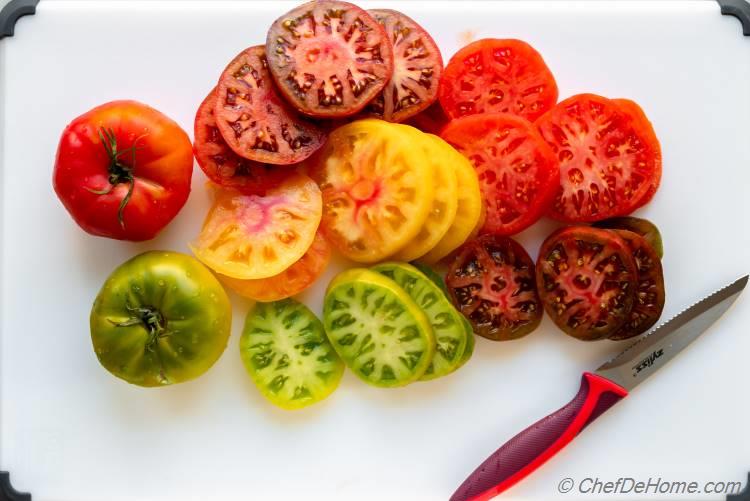
Making Soft Goat Cheese at Home: A Creamy Delight
Making your own soft goat cheese is surprisingly simple and rewarding. With just a few basic ingredients and a little patience, you can create a creamy, tangy cheese that's perfect for spreading on crackers, using in salads, or incorporating into your favorite recipes.
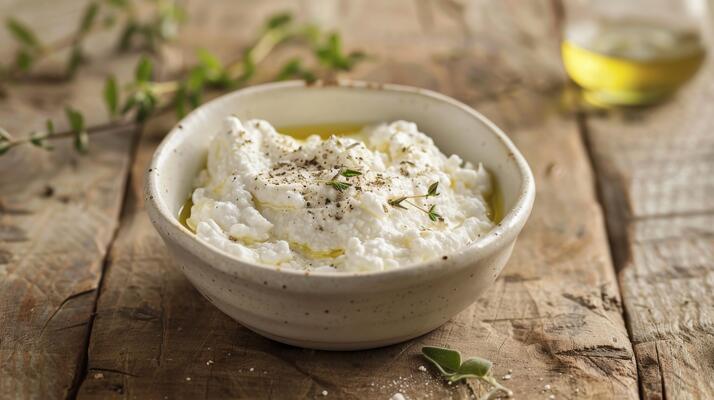
Ingredients: 1 gallon of fresh goat milk (preferably raw and from a local source), 1/4 cup of buttermilk (as a starter culture), 1/2 teaspoon of liquid rennet (diluted in 1/4 cup of cool water), kosher salt to taste.
Instructions:
- Heat the Milk: Gently heat the goat milk to 72°F (22°C) in a stainless-steel pot. Use a thermometer to ensure accuracy.
- Add Culture and Rennet: Remove the pot from the heat and stir in the buttermilk. Then, gently stir in the diluted rennet.
- Incubate: Cover the pot and let it sit undisturbed at room temperature (around 70-75°F or 21-24°C) for 12-24 hours, or until the milk has formed a firm curd.
- Drain the Whey: Line a colander with several layers of cheesecloth and place it over a bowl to catch the whey. Gently ladle the curd into the cheesecloth-lined colander.
- Drain and Salt: Let the whey drain for 12-24 hours in the refrigerator. Occasionally re-tie the cheesecloth tighter.
- Season to taste, and enjoy!
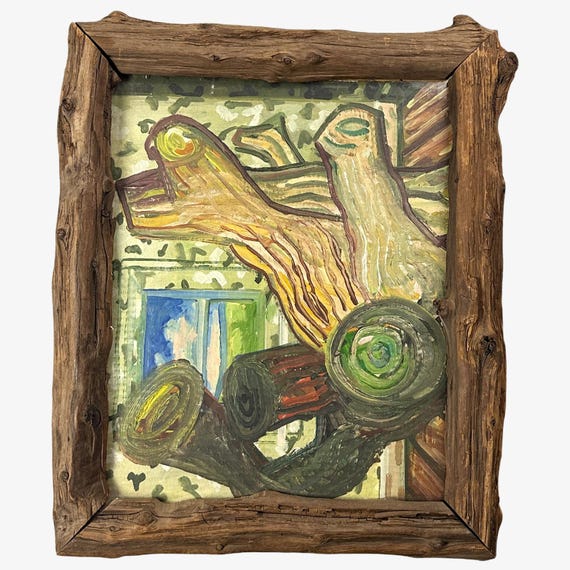
If your curd doesn't form properly, ensure your rennet is fresh and your buttermilk is active. An off-flavor can indicate contamination. Start with pasteurized milk and sanitized equipment. Enhance the flavor of your goat cheese by adding finely chopped fresh herbs (such as thyme, rosemary, or chives), crushed garlic, or a drizzle of honey. The possibilities are endless!
Heirloom Tomato and Basil Galette with Goat Cheese: A Recipe for Sharing
This rustic galette showcases the vibrant flavors of summer in a simple, elegant way. The flaky crust, creamy goat cheese, and juicy heirloom tomatoes create a harmonious blend of textures and tastes that's sure to impress.

Ingredients list: 1 sheet of store-bought or homemade pie crust (ensure it is all-butter crust for the best flavor), 1 pound of assorted heirloom tomatoes (such as Brandywine, Cherokee Purple, and Green Zebra), thinly sliced, 1/2 cup of soft goat cheese, crumbled, 1/4 cup of fresh basil leaves, coarsely chopped, 2 tablespoons of extra virgin olive oil, sea salt and freshly ground black pepper to taste, 1 large egg, beaten (for egg wash).
Step-by-step instructions:
- Prepare the Oven: Preheat your oven to 400°F (200°C). Line a baking sheet with parchment paper.
- Roll Out the Crust: Roll out the pie crust on a lightly floured surface to a 12-inch circle.
- Transfer to Baking Sheet: Transfer the crust to the prepared baking sheet.
- Assemble the Galette: Spread the crumbled goat cheese evenly over the crust, leaving a 2-inch border.
- Arrange the Tomatoes: Arrange the tomato slices artfully on top of the cheese, overlapping them slightly to create a visually appealing pattern. Alternate colors and sizes for added interest.
- Season and Drizzle: Sprinkle the tomatoes with fresh basil, sea salt, and freshly ground black pepper. Drizzle with extra virgin olive oil.
- Fold the Crust: Gently fold the edges of the crust over the tomatoes, pleating them as you go to create a rustic, free-form shape.
- Brush with Egg Wash: Brush the crust with beaten egg wash to promote a golden-brown color.
- Bake: Bake for 30-40 minutes, or until the crust is golden brown and the tomatoes are tender and slightly caramelized.
Using ripe, flavorful heirloom tomatoes is essential for achieving the best flavor in this galette. Don't skimp on the quality of your ingredients! For a gluten-free option, use a gluten-free pie crust or try making a rustic polenta crust instead.
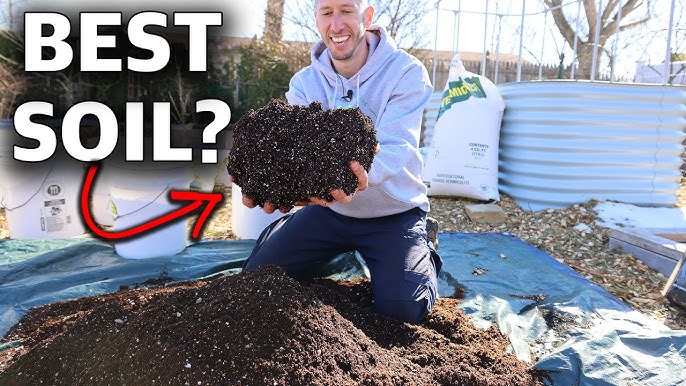
Closing Reflection
There's a unique satisfaction in creating something delicious from the fruits (and vegetables!) of your own labor. Growing your own food, crafting your own cheese, and sharing these homegrown creations with loved ones connects us to the earth and to each other. This Heirloom Tomato and Basil Galette with Goat Cheese is more than just a recipe; it's a celebration of simplicity, sustainability, and the joy of seasonal living.
As the late summer days transition into the crispness of early fall, take advantage of the abundance of the harvest season. Experiment with different heirloom tomato varieties, try your hand at cheese making, and gather with family and friends to savor the flavors of the garden.
We'd love to hear about your own experiences with heirloom tomatoes, hugelkultur beds, and homemade cheese! What are your favorite heirloom tomato varieties to grow? Do you have any tips for building a successful hugelkultur bed? Share your gardening adventures and culinary creations in the comments below!
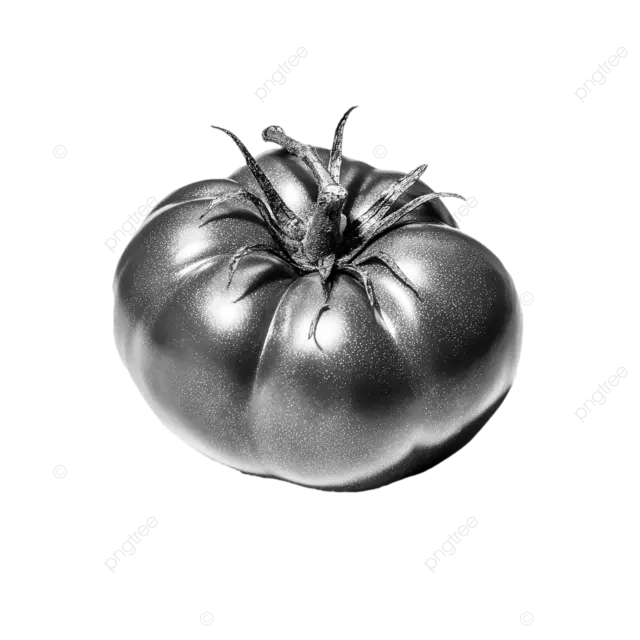
Keywords: organic gardening, seasonal harvest, homegrown, compost, sustainable home, cozy living, backyard projects, farmhouse life, heirloom tomatoes, hugelkultur, goat cheese, galette, seed saving, Brandywine tomatoes, Cherokee Purple tomatoes, Green Zebra tomatoes, soft cheese recipe.